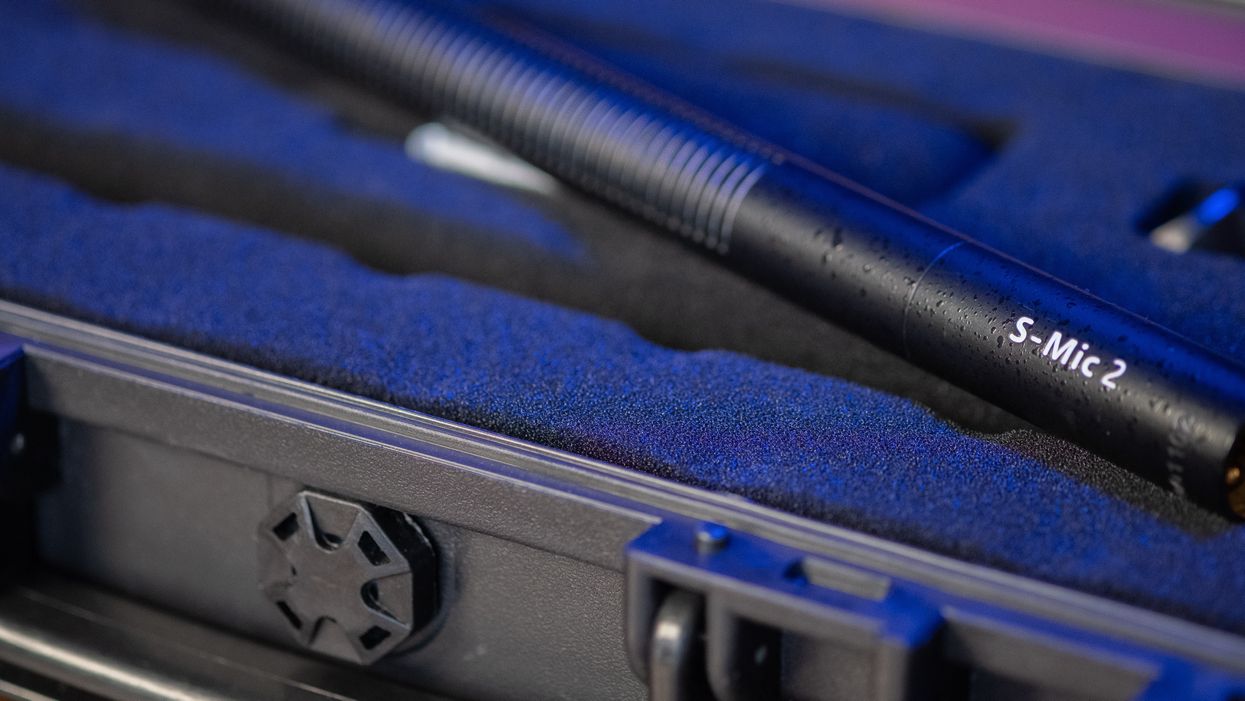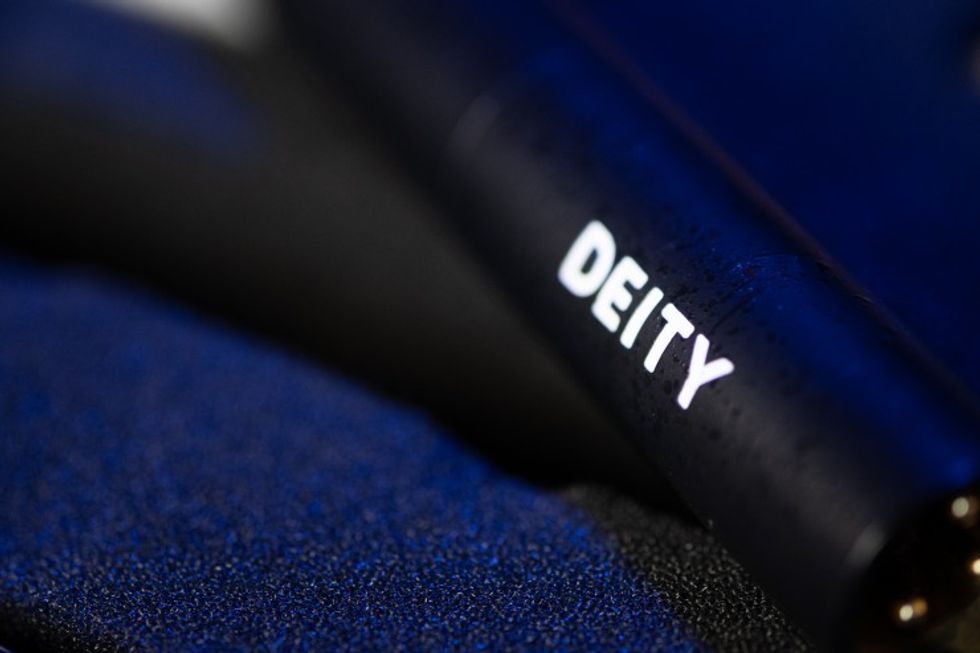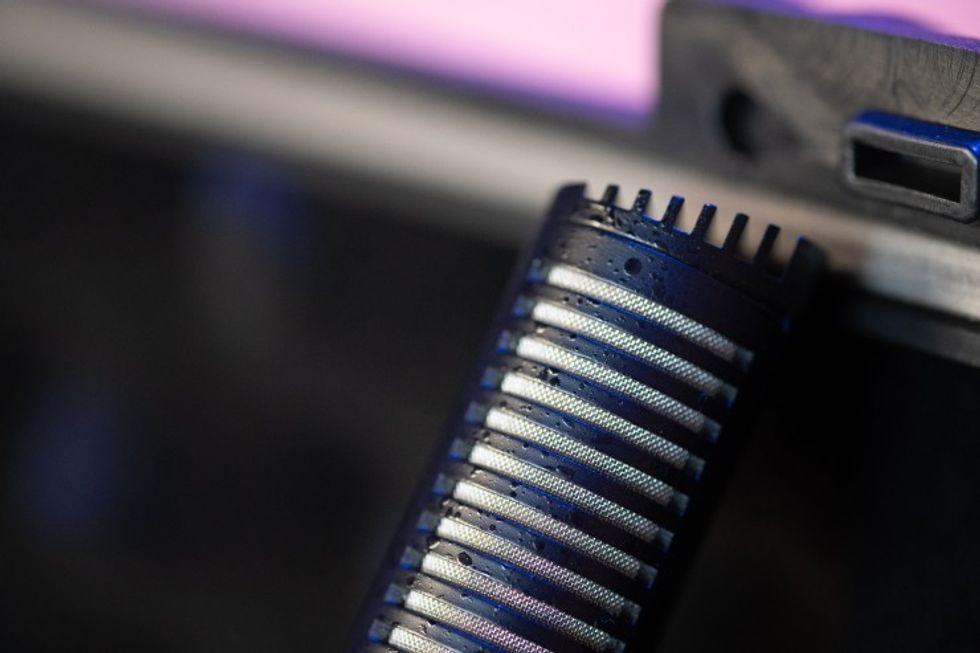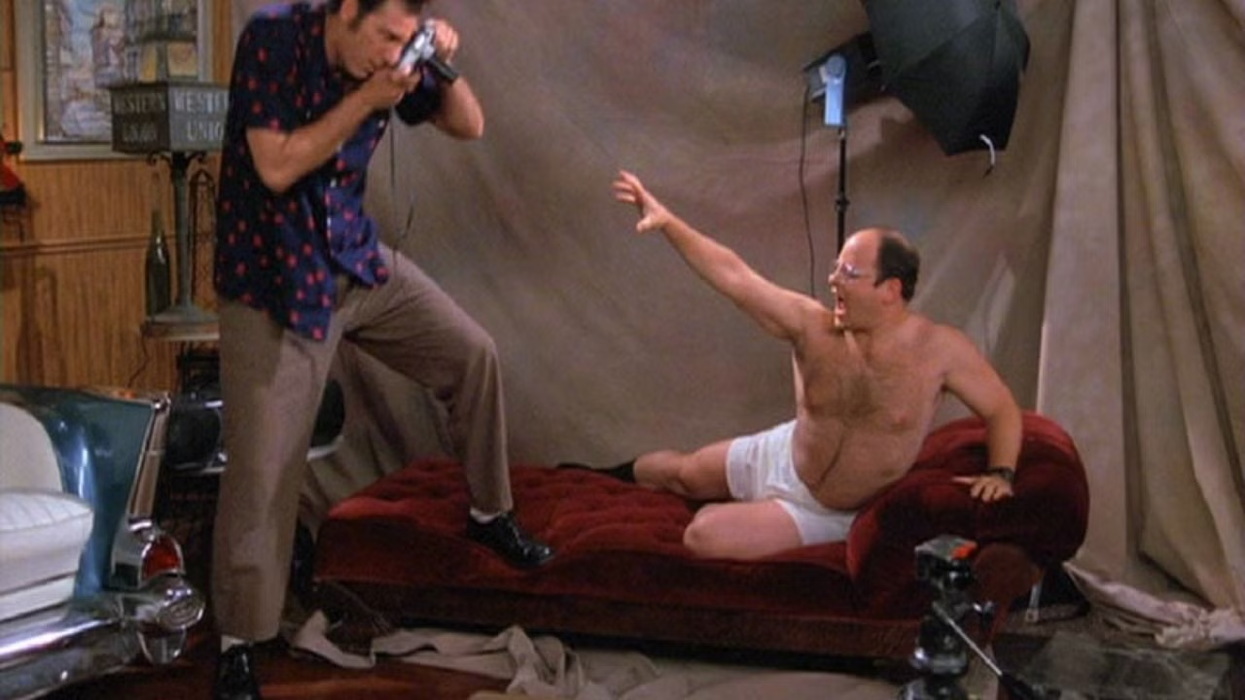The Deity S-Mic 2 is a Shotgun with a Punch
Deity makes the best sounding shotgun for under $400.

If you’re looking for an inexpensive short shotgun microphone, the Deity S-Mic 2 is worth considering as it offers some of the best sounding audio at its price point.
At $360, which is about $100 more than the RØDE NTG2, the extra cost is well worth it as you get a superior sounding microphone. To fully test its capabilities, I compared it to two other short shotgun microphones, the Sennheiser MKH 60 ($1,500) and Sennheiser MKH 50 ($1,200). Let’s break down the likes and dislikes.
The Good
First, the noise floor. This refers to the “floor” at the bottom of the dynamic range where you lose audible definition between quiet sounds and noise. This is somewhat equivalent to the dynamic range of an image where detailed information can be lost in the highlights or shadows.
Condenser microphones will generate a certain amount of inherent self-noise which is noise introduced by the microphone, not by the environment. Less expensive microphones, like the RØDE NTG2 and Sennheiser MKE 600, generate more self-noise than their more expensive counterparts like the Sennheiser MKH series or Schoeps Colette/CMIT microphones. I found the S-Mic 2 shares a similar noise floor to the Sennheiser MKH 50, which is ideal.
The S-Mic 2 also exhibits desirable directional response and an above average off-axis response than most microphones in its price range. When comparing the supercardioid mic to the MKH 60, I found it slightly less directional. However, when comparing it to the MKH 50, it was more directional but the off-axis fell short. The off-axis response of the S-Mic 2 is admirable—around -18db rejection—but you still should aim it directly at the sound source to maximize the dynamics of the recording.
I also liked that Deity removed all the frills that can be found on some microphone and focused on the audio quality. You won’t find a hi-pass filter or dB pad on the microphone. Nor will you find a battery-powered option on other microphones in this price range. This may be a dealbreaker for those using a recorder that does not provide phantom power but I like what Deity has done here. They kept things simple.
Room to Improve
When comparing the S-Mic 2 to other microphones I found it quite heavy. The body is built of solid brass and is robust, but it requires a sturdy shock mount to hold it in place. Cheaply made shock mounts will not fully support it. The weight is also slightly concerning for use with inexperienced boom operators.
Something else I noticed about the build quality is that connecting certain XLR cables to the microphone can make for a tight fit. The cable that gave me the most resistance had Neutrik NC*FX connectors which are heavy duty. This issue could be a problem with that particular connector or some slight manufacturing inconsistencies in the microphone.
Final Thoughts
Besides the few drawbacks of its design, I highly recommend the Deity S-Mic 2. It’s a great sounding mic at its price point. Will it replace my beloved MKH 50 anytime soon? Definitely not. Do I still want one to use as a backup or rental, absolutely. This microphone is a no-brainer for anyone starting out or looking for an inexpensive alternative. Deity also offers the microphone in kit form with a Rycote Duo-Lyre 19/34 mount and windscreen to save you a few bucks.













